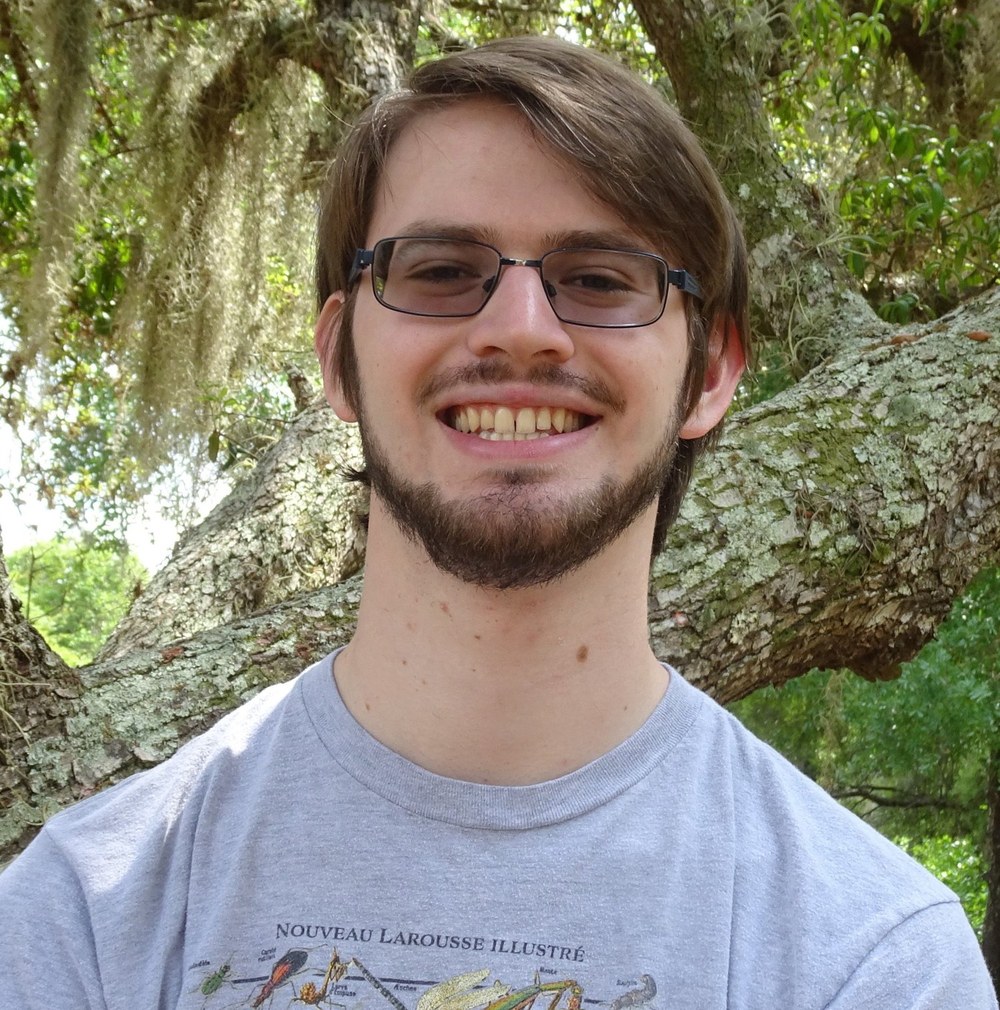This is the fifth of ten short news articles written by students, during the professional development class of Fall 2022, about each other's research.

Michael Hill
Student Research Spotlight - Michael Hill
By Casey Cruse
Caution: Busy bees at work! A multitude of bee species are busy pollinating the most delicious and attractive flowers in our backyards, agricultural fields, meadows and forests. These bees have a wide variety available to them, but they can’t pollinate them all. So, what flowers will they choose and why?
Penn State graduate student Michael Hill is trying to answer these questions and more. He says, “the many traits that flowers have, such as size, scent and color, all work together to attract various pollinators. However, it is not well understood which of these traits specifically have the most influence on pollinator selection.”
For his research, Michael will use flowers from the genus Capsella specially bred by collaborator Adrien Sicard at The Swedish University of Agricultural Sciences. The flowers are a cross of two species, one that has wild insect pollinators it has evolved alongside of, and one that is self-pollinating. The resulting hybrid lines from this cross are then further selected to have some traits from the self-pollinating species, and one trait from the insect pollinated species.
Michael will present a choice between a selection of hybrids to the bees in his study, and observe which traits they are drawn to more. Beyond this, he will also observe how their behavior changes when more than one bee species is present. Will flashy flowers with the strongest scent and the largest petals be among the first pollinated? How will this change as different bee species compete for resources?
“People often think of honey bees as the most important pollinators, when in reality there is a whole community of bee species to consider—some of them are even more efficient pollinators than honey bees,” Michael says. His experiment will examine the behavior of the three different species, the honey bee, alfalfa leaf cutter bee and the Japanese orchard bee, all of which are important pollinators of different crops in the United States.
One species in his study, the Japanese orchard bee, only emerges to pollinate for a few weeks out of the year, and can be tricky to study in such a short period of time. This means that all of the observations for Japanese orchard bees and their interactions with the other two species will need to be made during this short time window. Michael enjoys being out in the field with the bees though. He believes that getting to work with them up close and getting to observe their behavior first-hand will be very rewarding.
Knowledge of flower trait preference in bees from studies like Michael’s could be useful to plant breeders of agriculture crops and ornamental plants. Selective plant breeding for more attractive flowers could enhance the pollination of important crops. These techniques could also be used to provide better nectar and pollen resources for native bee species that are at risk from habitat loss, pesticides and climate change.
Michael’s thesis advisors are Dr. Christina Grozinger and Dr. Natalie Boyle, and his collaborators include Jaya Sravanthi Mokkapati,, a postdoctoral researcher at Penn State, Benjamin Risse at the University of Münster, and Adrien Sicard at The Swedish University of Agricultural Sciences. This research is funded by the Human Science Frontier Program (HSFP).

